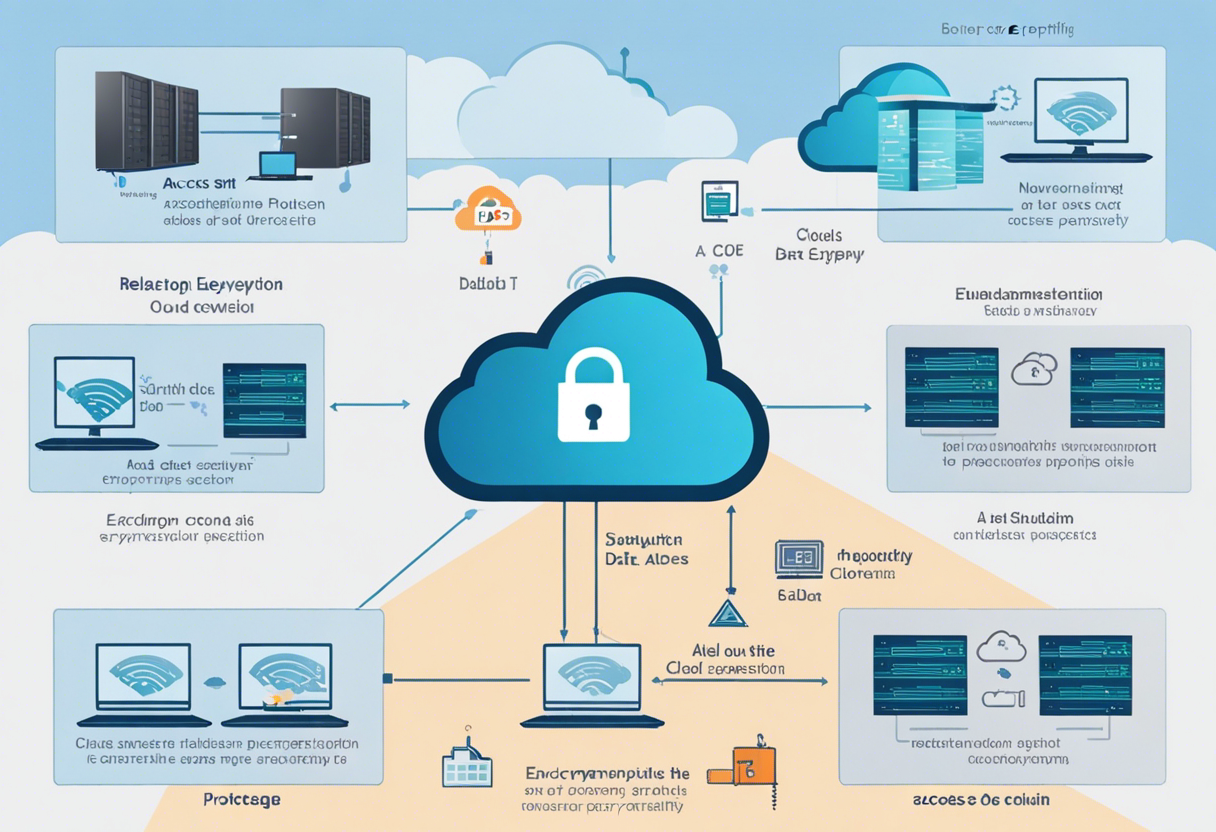Top Five Cybersecurity Strategies Elevating Cloud Safety to New Heights
Our maiden visit in this digital expedition brings us to the heart of cloud protection: strong access management. Guarding entry to your digital vault is the first line of defense in any cybersecurity strategy. Enterprises must integrate a robust access control strategy ensuring stringent authentication and authorization protocols. Multi-factor authentication is rapidly becoming a staple, using a blend of passwords, biometrics, and personal devices to confirm a user's identity. Meanwhile, role-based access control assigns different access rights depending on a user's job function, adding another layer to this digital fortress.
Beyond individual users, consider service-to-service permissions. This approach enables applications to interact securely without surrendering sensitive information. In conclusion, strong access management combines various tactics to achieve a solid foundation for cloud-based protection. Moving forward, we need to look at the second layer of defense, data encryption.
Beyond the Surface: Data Encryption

Data encryption, our second point of inquiry, involves converting data into a code to prevent unauthorized access. This encrypted data holds minimal value to cybercriminals, unless they possess the decryption key. Traditional encryption methods are still relevant, but emerging technologies like homomorphic encryption, allowing data to remain encrypted even during computation, take protection to another level.
One should consider full-disk and end-to-end encryption, depending on the sensitivity of data and compliance requirements. Constant monitoring for any encryption key or data breaches further solidifies this stage of protection. After adequately fortifying data, next comes the protection of the overall cloud environment.